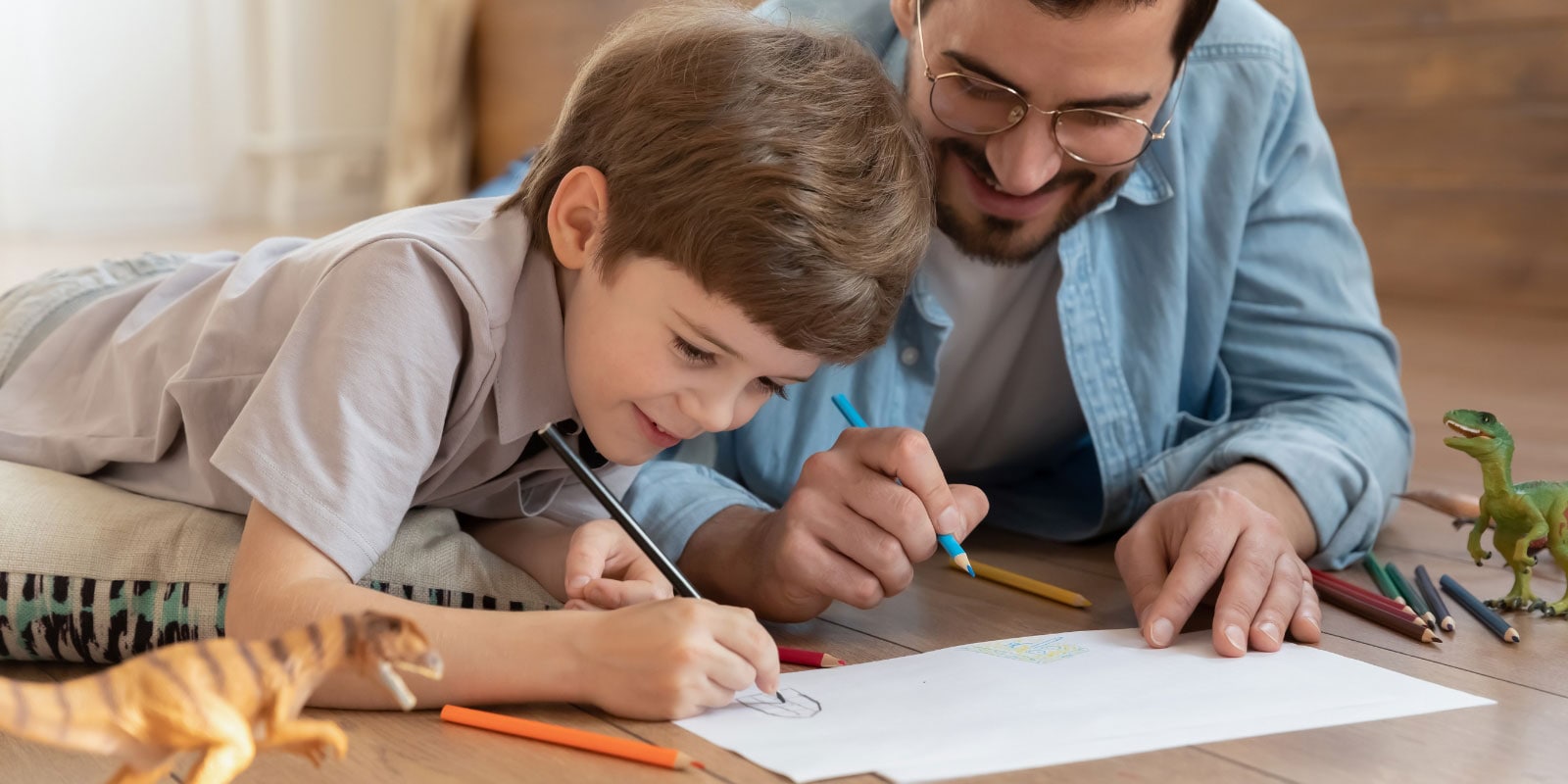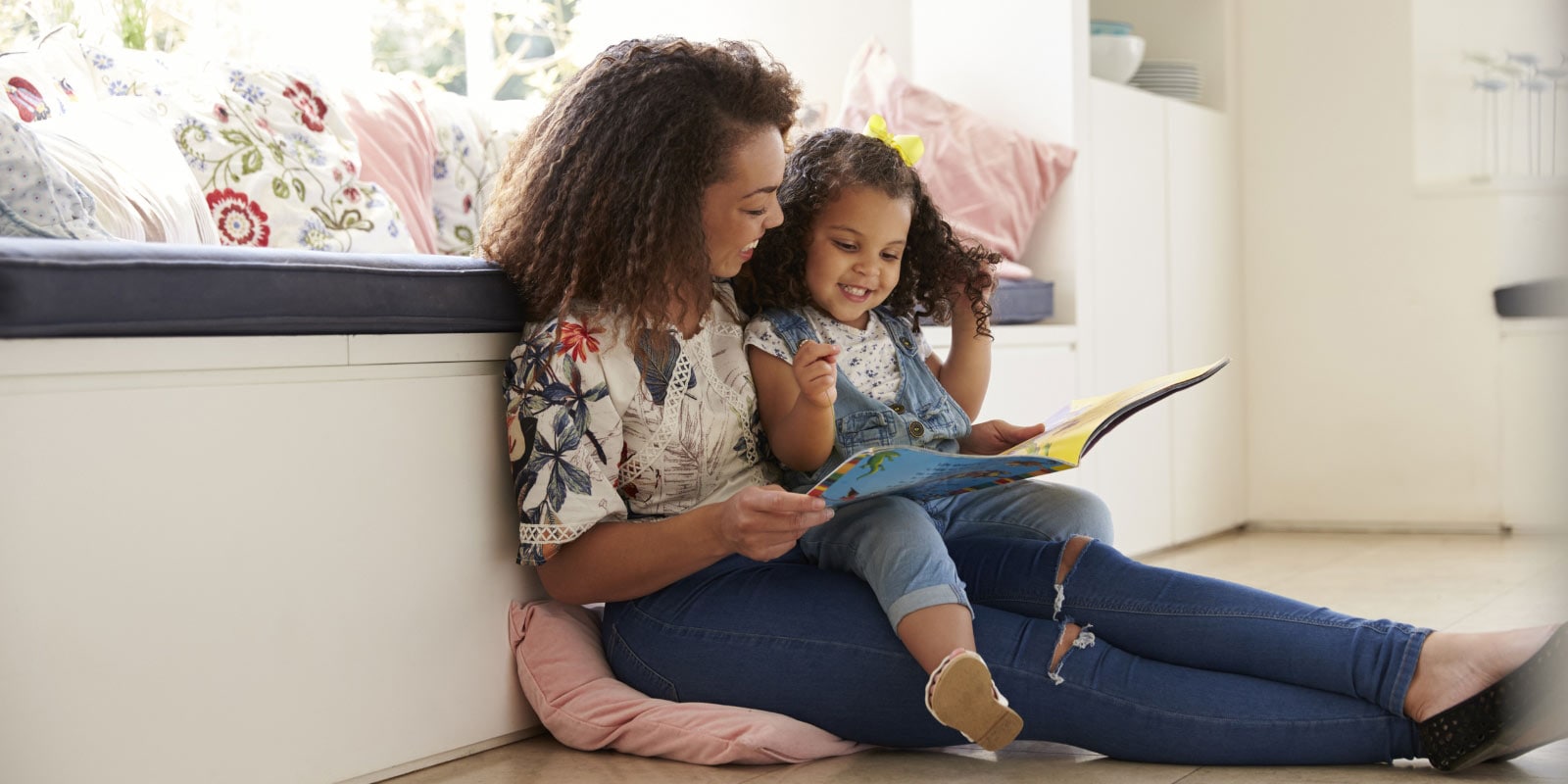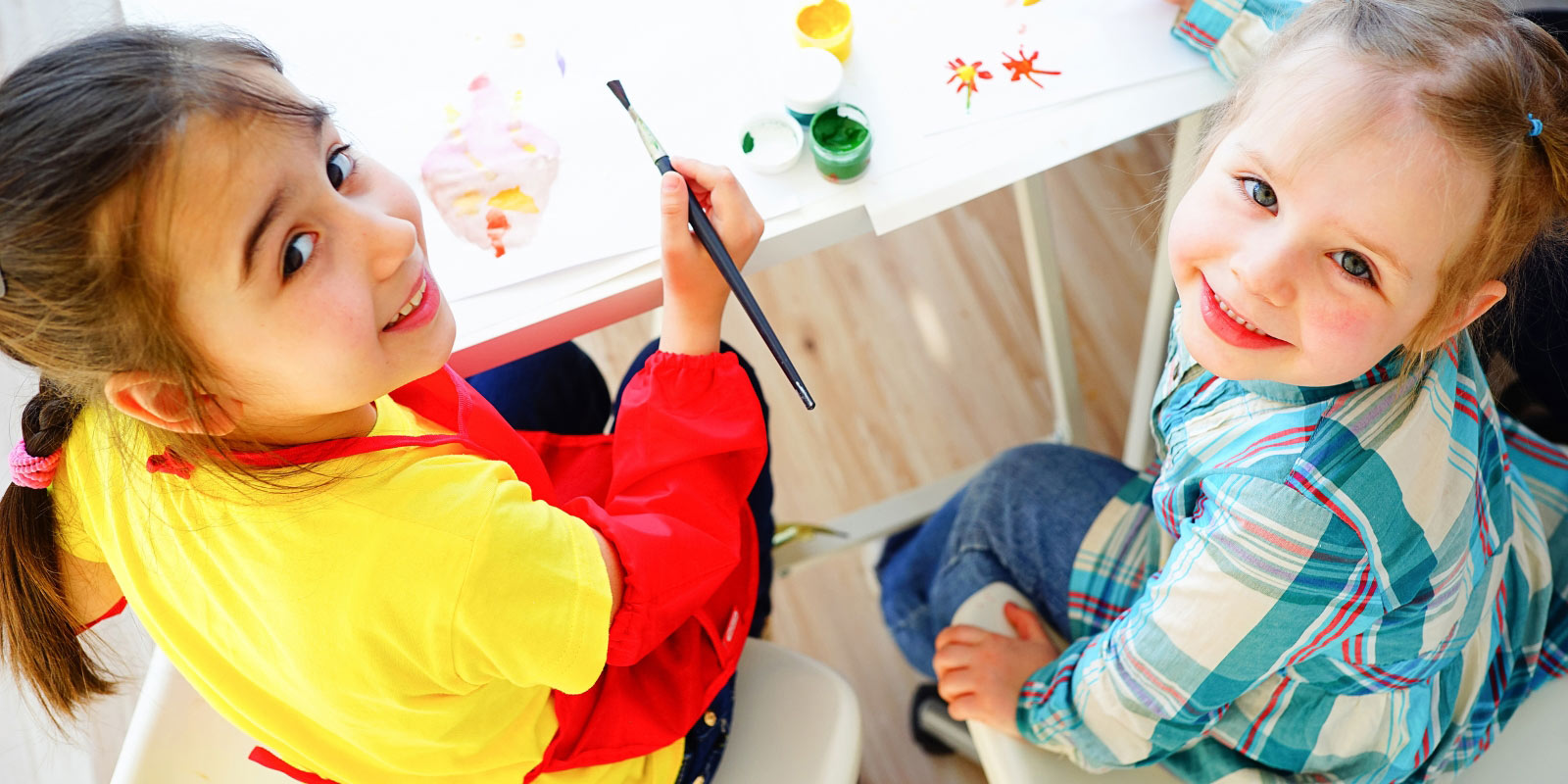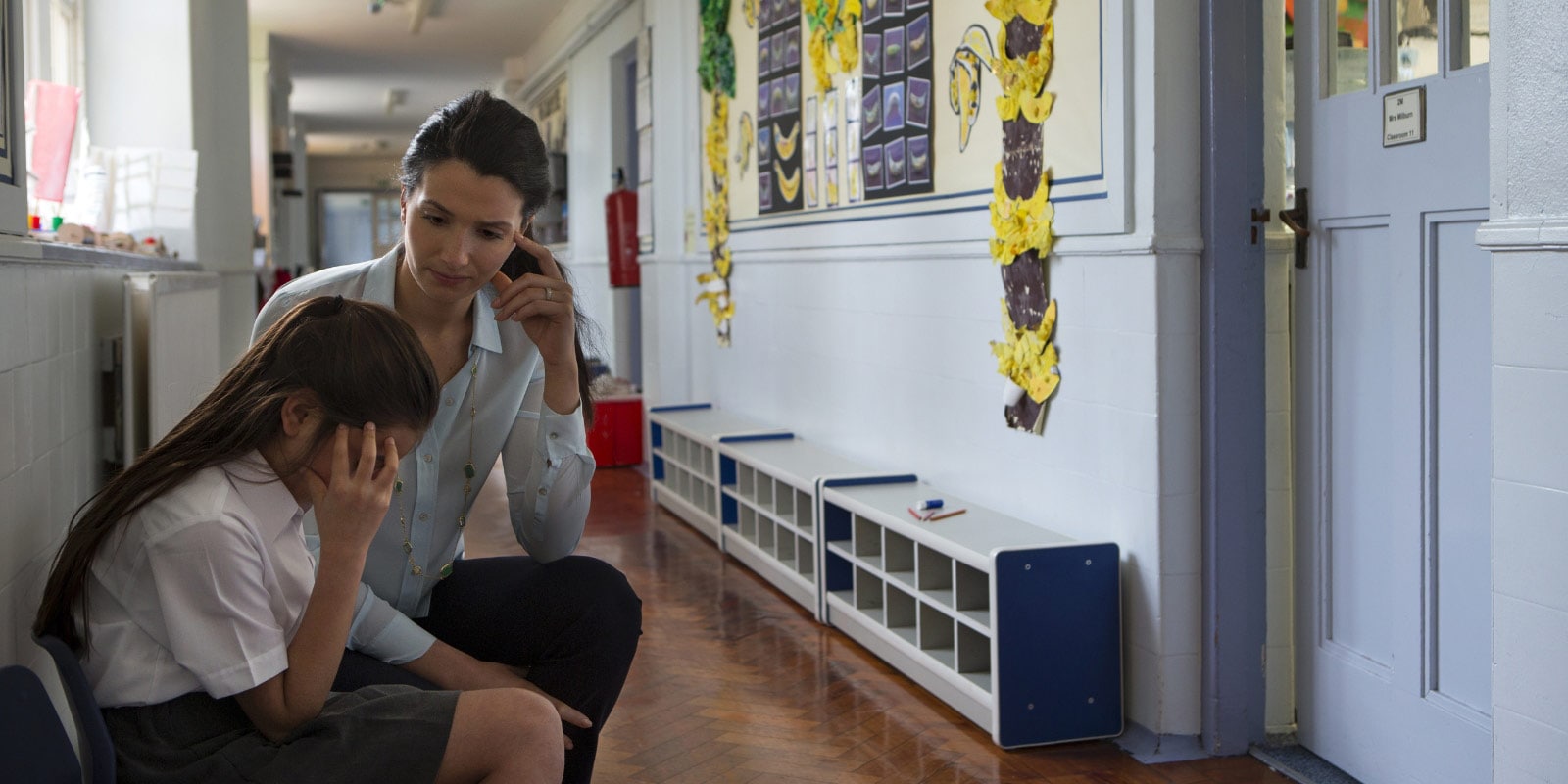Exploring Age-Related Characteristics of Dyslexia: A Guide for Educators
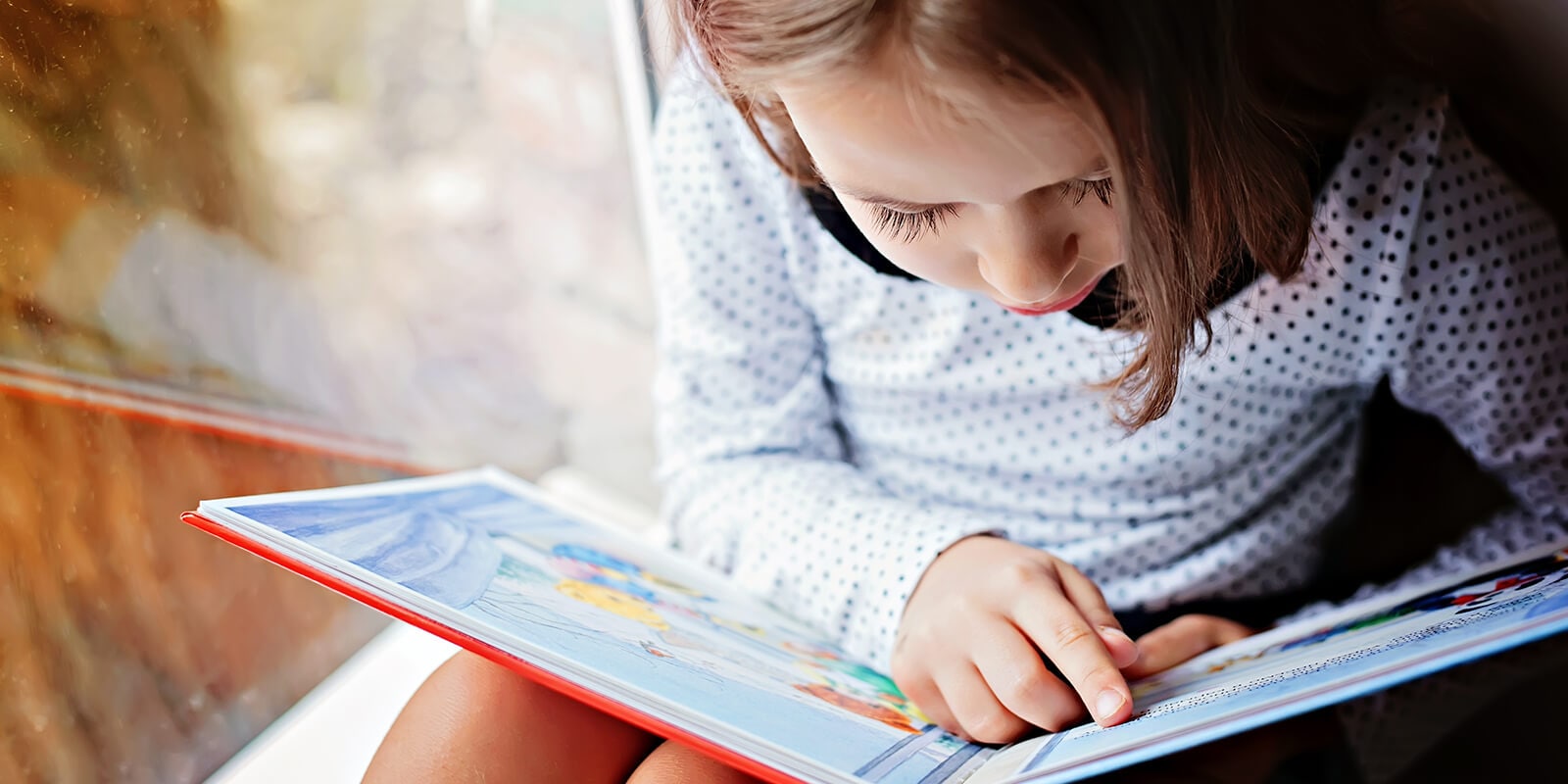
After many years of an arguably “hidden” status in schools, dyslexia has emerged as a critical concern in education thanks to parental advocacy and because of dyslexia’s far-reaching implications for a child’s well-being and educational success. However, while awareness and recognition have increased, dyslexia may still go unidentified or misidentified in elementary school classrooms.
As a speech-language pathologist (SLP), assessment professional, and parent, I’ve gained an acute appreciation for dyslexia and all the learning I’ve gathered over the decades from research, practice, and individuals/families. Yet, I continue to learn that many professionals still may not be comfortable identifying common symptoms which indicate the need for assessment and will open the door to effective support and growth.
As educators settle into their routines with the new school year well underway, I think daily about supporting teachers who often notice behaviors and student performance before anyone else. While I encourage all my fellow SLPs to step into the classroom and listen to teacher assessments often, I also want to encourage our classroom teacher colleagues (and the rest of the educational team). Here are some of the indicators that can help identify students who may have dyslexia so they can get the support they need to succeed in school and beyond.
Read more



